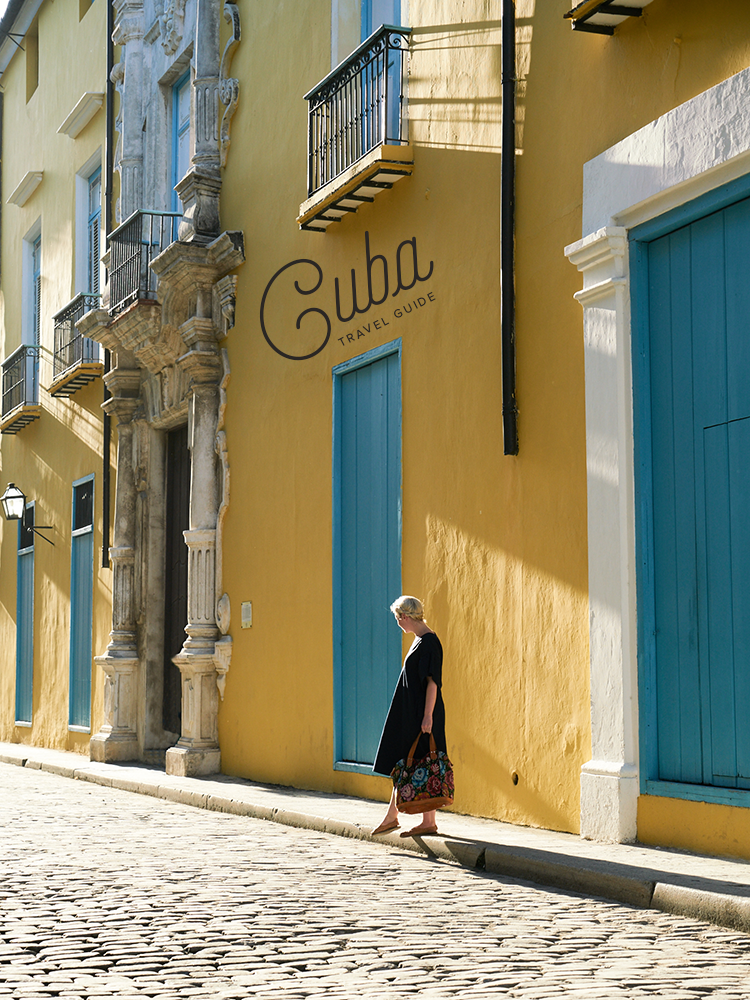
I’m breaking the guide into two parts. One part for logistics on how to travel to and around Cuba and the other for things to see and do. I don’t normally provide traveling logistics, but because Cuba is still rather unknown to Americans, information was somewhat hard to find.
Let’s dig in.
Cuba is the most beautiful, intriguing place I’ve ever been to, hands down, but it’s also not the type of destination where you can just go and figure it out on the spot, which is my normal travel plan. Usually, I’ll bring some books and web sites with me to sort out at the airport or on the plane. Because we had a more detailed itinerary we had to be more prepared, but I can’t emphasize it enough: be prepared ahead of time! Internet access is rare in Cuba so if you’d like to connect with someone, you will need to give them some time to respond. They probably don’t have it in their homes.
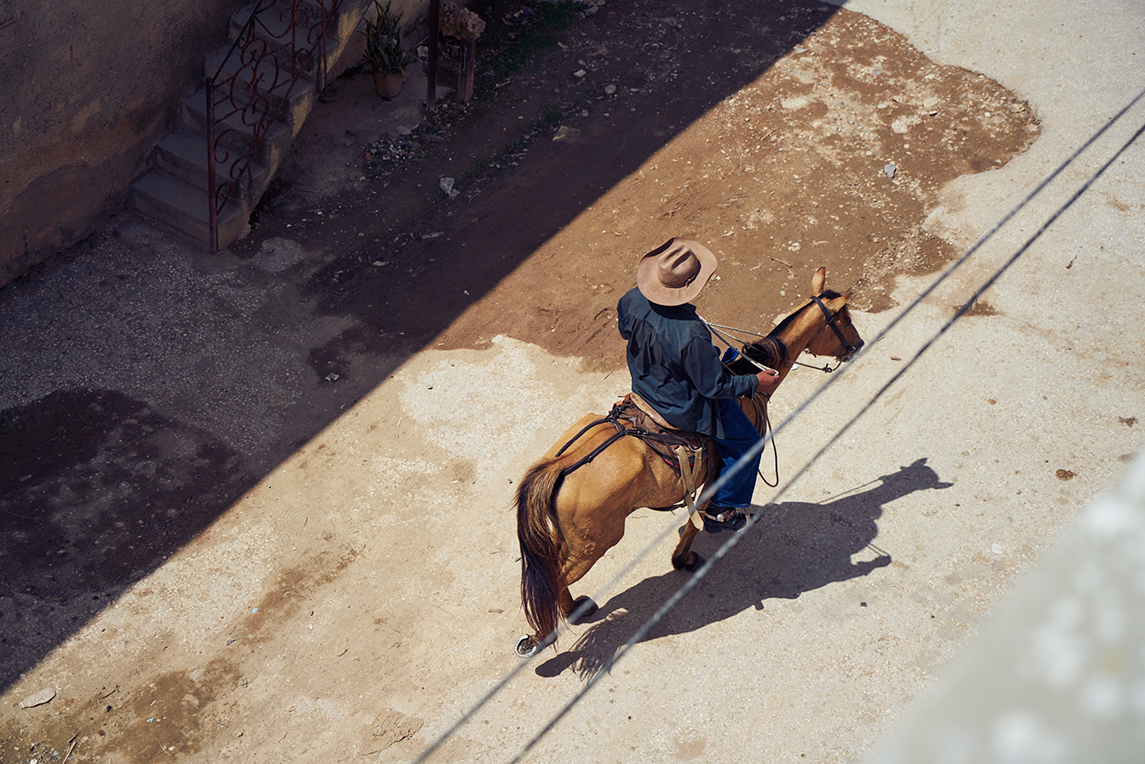
The logistics of visiting Cuba
General Information
Travel to Cuba as a U.S. citizen is still restricted since the doors opened in 2016, but travel is allowed under one of the following 12 categories approved by the U.S. government:
- Visiting family
- Humanitarian projects or to provide support to the Cuban people
- Official business of the U.S. government, foreign governments and certain intergovernmental organizations
- Journalistic activities
- Professional research
- Educational activities by persons at academic institutions
- People-to-people travel
- Religious activities
- Public performance, clinics, workshops, athletic or other competitions and exhibitions
- Authorization to provide travel services, carrier services and remittance forwarding services
- Activities of private foundations, research or educational institutes
- Exportation of certain Internet-based services
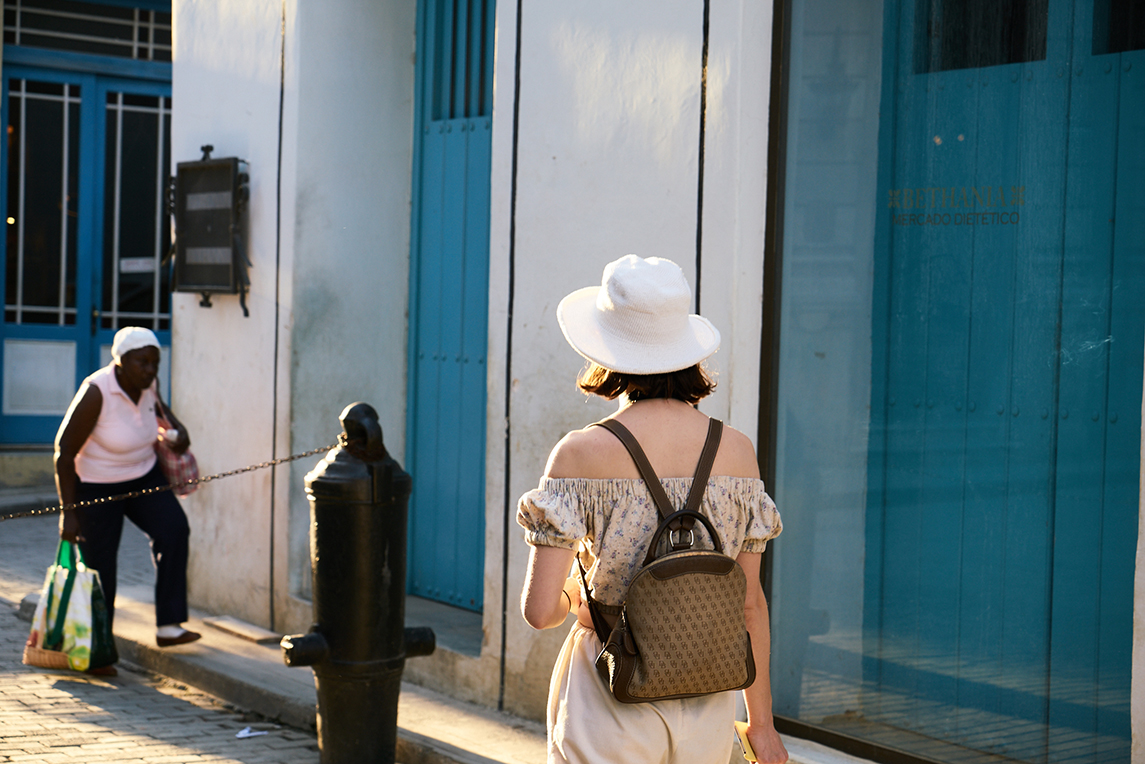
We went under “professional research” category, for reasons you’ll be finding out soon. A number of people we met went under the “people-to-people” category as they arranged visits with friends or friends of friends. For U.S. citizens, general tourist travel is technically not permitted. You are the one to decide if you meet one of the 12 approved categories. That said, there does not seem to be much enforcement and you may not even be asked to prove why you were in Cuba. It is best to be safe and have itinerary item that comply just in case. You can keep up on any changes regarding sanctions on the U.S. Treasury website. The Treasury’s Cuba travel FAQ (dated January 6, 2017) can be found HERE.
Flights & Visa
Airlines that are flying to Cuba from the United States now include American, Frontier, JetBlue, Southwest, United, Spirit, Alaska and Delta. We used JetBlue and had a wonderful experience though there was some confusion as to how to get our visa once we were in the airport in Orlando. There’s a designated place for visas in the airport if you’re flying into Orlando, but no one to help until about 10 minutes before we boarded. It didn’t seem like enough time to get all the passengers on in time. We were the first in line so we didn’t see past the line.
Helpful website with tips about visas and flying to Cuba: Expert Vagabond
For flights leaving from the United States, the visa process can be different depending on the airline you’re flying with. Here’s more information about obtaining a Cuban visa in the United States, depending on who you’re flying with:
- Southwest: $50 – Purchase online & delivered at the gate
- JetBlue: $50 – Purchase at gate
- Delta: $50 – Purchase at gate or through mail
- United: $75 – Purchase at gate
- American: $85 – Purchase online & sent via regular mail
- Frontier: $110 – Purchase online & sent via regular mail
Call airline to verify
Health Insurance
Per JetBlue, the Cuban government requires all visitors to have health insurance that covers the territory of Cuba; for U.S. citizens, this means local Cuban health insurance. When purchasing your JetBlue ticket to Cuba, Cuban health insurance provided by ESICUBA and administered by Asistur is automatically included in the cost of your fare. If booking with another airline, please call your airline to verify their health insurance policy.
Money
Cuba has two currencies, the Cuban Peso (CUP), which is used by locals, and the Cuban Convertible Peso (CUC), which is the currency used by tourists.
- CUC: Says “Peso Convertible” on the front and back, has pictures of statues, and feels more official
- CUP: Has pictures of people and is generally lower quality, worn, and has a bit of monopoly money feel.
BRING PLENTY OF CASH!
Credit and debit cards issued by American banks won’t work in Cuba, so you MUST bring all the cash you think you might need. Some sites say to plan on $50 to $100 per day. Better to bring more than you need just to be safe. Those who don’t, must either try to arrange a wire transfer through Western Union (which may or may not work), or they find themselves trying to borrow money from European or Canadian tourists.
You can only get Cuban currency in Cuba, so you have to exchange money when you get there. There is a 10% penalty for exchanging U.S. dollars for CUC, so bringing a foreign currency to exchange, such as Euros, may be cheaper. We brought Euros with us to exchange.
Also, when you exchange money, ask for small bills and change as you’ll need that to pay for bathrooms, pictures, etc.
Accommodations
There are many hotels, but they tend to be pricy and hotels are typically government-owned (same as restaurants). Airbnb operates in Cuba and more options are being added each week. Staying in a Casa Particular, a private home, is a great way to experience the culture and support the local economy. Many of the Casas provide breakfast and other meals for a small fee. I’d recommend doing this as grocery stores and convenient stores aren’t what you are used to (and they’re hard to find.) Since the internet is so limited in Cuba many travel blogs suggest waiting until you get there to arrange your accommodations but having at least your first night booked is a good idea. If you book a Casa in advance via Airbnb or another travel site, you can pay with a credit card. Oftentimes casa particulares are mostly through word of mouth and are paid for with cash. We booked ours in advance and found the experience to be fluid. Our host met us about an hour and a half after our plane landed and showed us the ropes. She didn’t speak English, so hopefully you have someone with you who can speak the language, like we did.
- Helpful website with tips about Cuban accommodations: GloboTreks
- Helpful article by Patrick Oppmann, CNN’s Cuba correspondent with tips about Cuban accommodations: 7 things Americans should know about travel to Cuba


 Internet
Internet
Be ready to be unplugged while you are in Cuba. With approximately 5% internet penetration, Cuba is one of the least digitally connected countries in the world. You can get access to the internet by purchasing pre-paid wifi cards at special kiosks for $2 – $3 per hour. These scratch-off cards have a username and password for Cuba’s state run wifi network (ETESCA) which can be accessed at major hotels and public parks. Be aware that the internet is still quite slow in Cuba, and if you’re in a public wifi spot it may not be secure.
Note: I was mentally prepared to be off Internet for a few days and I was even rather excited about it. However, once I realized just how hard it was to find Internet (VERY HARD!) it became a bit more unsettling. If you like staying connected to let friends and family know you made it safely, I’d recommend identifying a place right away. Most hotels have some fort of business center with the ability to purchase Internet. We were staying far away from hotels so we didn’t have the option to go a lot.
Drink plenty of water! Bring a bottle of water from the plane in case you have to wait in long customs or money exchange lines at the airport. Many sites say the tap water in Cuba is safe to drink, but “enter at your own risk.” Bottled water can be purchased at the grocery stores and from some shop vendors. When purchasing bottled water, make sure it is sealed. Use bottled water for brushing your teeth as well.
- Helpful website with tips about Cuban drinking water: Underground Cuba Travel Guide
Food
Cuban food is not necessarily fine dining. You can find good food, but it is not the readily available from easily accessible vendors. Cuba doesn’t have markets or convenience shops, so snacks are hard to find. That said, bring your own snacks. We ‘ll provide more specific places to eat in our next guide.
Restaurants
Cuba has two types of restaurants: the state-run restaurants (the majority) and the privately restaurants known as paladares particulares. The paladares particulares cost about the same as the state-run ones, but usually have better quality food. As locals say, state-run restaurants don’t care about the food quality since, in the end, they don’t need the profits (because they are supported by the government). The private ones, on the other hand, go bankrupt if they are not good. To distinguish between state-run and private, either ask before ordering or just pay attention to where locals are eating and queuing.
Try eating only at Paladares Particulares. Some Cubans have opened up restaurants in their own houses and it’s a great way to do it. Putting money into the hands of the people is the best way to experience Cuba.
- Helpful website with tips about Cuban food: GloboTreks
- Helpful article by Patrick Oppmann, CNN’s Cuba correspondent with tips about Cuban dining: 7 things Americans should know about travel to Cuba
Photography
Cuba is a beautiful and photogenic country as you can see, but be aware that it is illegal to take photographs of any military, police or airport personnel. It is also customary to give people money if you take their picture.
Electricity
You will find a mix of electrical currents and plug types used in Cuba. Around 90% of the hotels and casas particulares use a 110-volt current with standard U.S.-style two- or three-prong outlets. However, some outlets are rated 220 volts, particularly in hotels that cater to European clientele. These are usually marked and sometimes accept only two-prong round plugs. For all intents and purposes, you should have personal appliances rated for 110-volt current, with U.S.-style prongs, or the appropriate converters. It is also essential to carry a three-to-two-prong adapter for any appliance you have that has a three-prong plug.
- Helpful website with tips about electricity in Cuba: Frommers
Tipping
Most Cuban workers earn incredibly low salaries — around CUC$10 to CUC$15 a month — so tips are an extremely important source of supplemental income. With the rise in tourism, all sorts of workers now expect and work for tips, including taxi drivers, porters, waiters, guides, and restaurant musicians. Taxi drivers in particular don’t tend to give small change on a fare. So if the meter reads CUC$4.30, you are expected to pay CUC$4.50. Taxi drivers, especially in Havana, tend to overcharge tourists. Porters should be tipped between CUC$.50 and CUC$1 per bag. Some state restaurants include a 10% service charge, although you should tip the waiter an additional 5% to 10% depending upon the quality of service, or even more (since they will not see any of that 10% service charge). If you stay in a resort, you should tip the maid around CUC$1 a day. Also, tip the waiters who serve you every day in the all-inclusive resorts.
- Helpful website with tips about tipping in Cuba: Frommers
Etiquette & Customs
Cubans are friendly, open, and physically expressive people. They strike up conversations easily and seldom use the formal terms of address in Spanish. However, be aware that as a foreigner, many Cubans who start a conversation with you in the street are hoping in some way to get some economic gain out of the relationship. Jineterismo, or jockeying, is a way of life in Cuba. This may involve anything from offers to take you to a specific restaurant or hotel (for a commission) to direct appeals for money or goods.
Dress is generally very informal, in large part due to the tough economic times faced by the broad population. Suits are sometimes worn in business and governmental meetings, although a simple, light, short-sleeved cotton shirt with a tie, or a guayabera, is more common. The guayabera is a loose-fitting shirt with two or four outer pockets on the front and usually a few vertical bands of pleats or embroidery. The guayabera is worn untucked, and is quite acceptable at even the most formal of occasions.
Perhaps the greatest etiquette concern is about what you say. Open criticism of the government or of Fidel or Raúl Castro is a major taboo. Don’t do it — especially in open public places. The police, community revolutionary brigades, and reprisals for vocal dissent are an ongoing legacy of Cuba’s political reality. One effect of this is that while Cubans you meet will often be very open and expressive with you, they tend to immediately clam up the minute another Cuban unknown to them enters the equation.
- Helpful website with tips about etiquette and customs in Cuba: Frommers
Donations
Many sites recommend bringing extra toothbrushes, mouthwash, toothpaste, floss, nylons, etc. to leave behind as gifts for the people you stay with. We brought a ton of craft supplies to gift to those we visited.
Maps
Before you leave download the app maps.me and download the Cuba maps for offline use. It’s so helpful!
Travel within the country
If you plan to travel by bus around the country, purchase your tickets well in advance. If you hire a government cab, your fares will be hire, but you can secure a vehicle that is appropriate for the size of your party and that has A/C.


 Best time to visit Cuba
Best time to visit Cuba
Helpful website with tips about when to visit Cuba: GloboTreks
Mid November to March is the coolest, driest, and busiest season. May and June are the wet seasons, but Cuban highlights like the tobacco harvesting and carnival happen at this time. July to November is hurricane season, so there’s a chance to stormy weather between these months – especially more towards late August to early October when it’s the peak of the hurricane season.
Books and magazines about Cuba
We used a few books to prepare for our trip:
- DK’s Cuba Travel Guide
- Lonely Planet’s Travel Guide
- DK’s Top 10 Travel Guide to Cuba
- While we were planning our trip, Smithsonian Journeys put out an edition on Cuba, which was great for understanding culture and logistics
Stay tuned for our Cuba Travel Guide: Culture along with some special features!
Photos by Chaunte Vaughn for The House That Lars Built



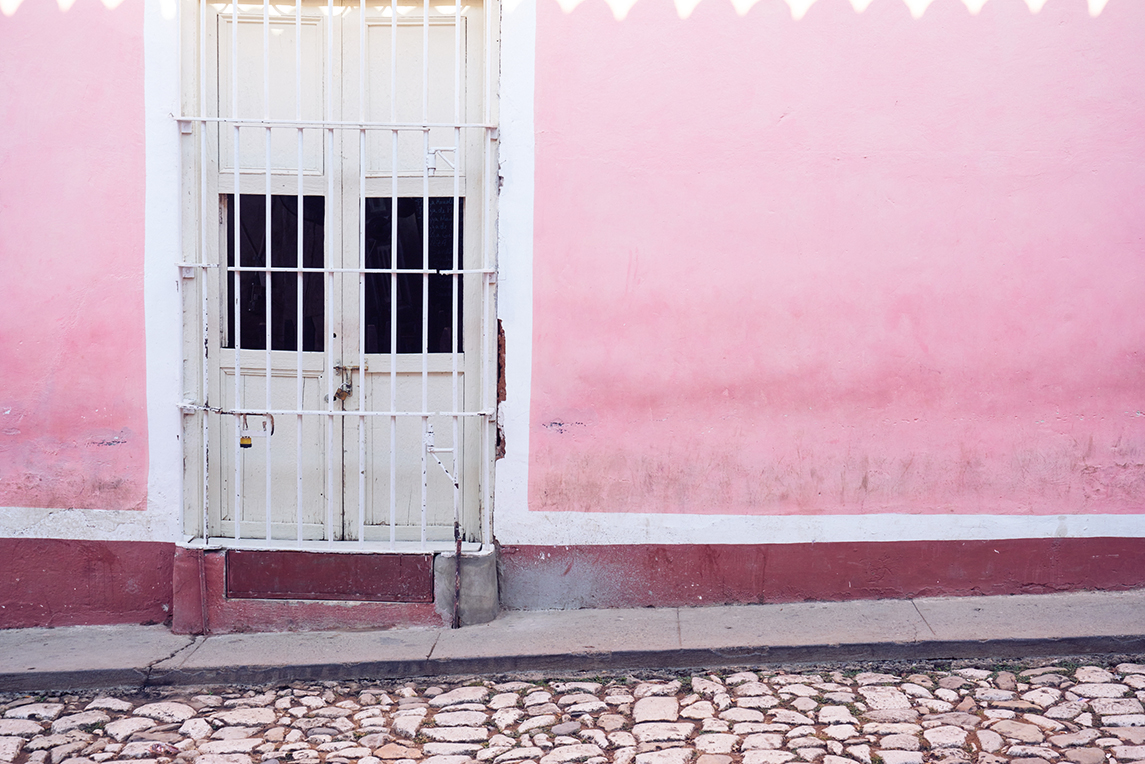
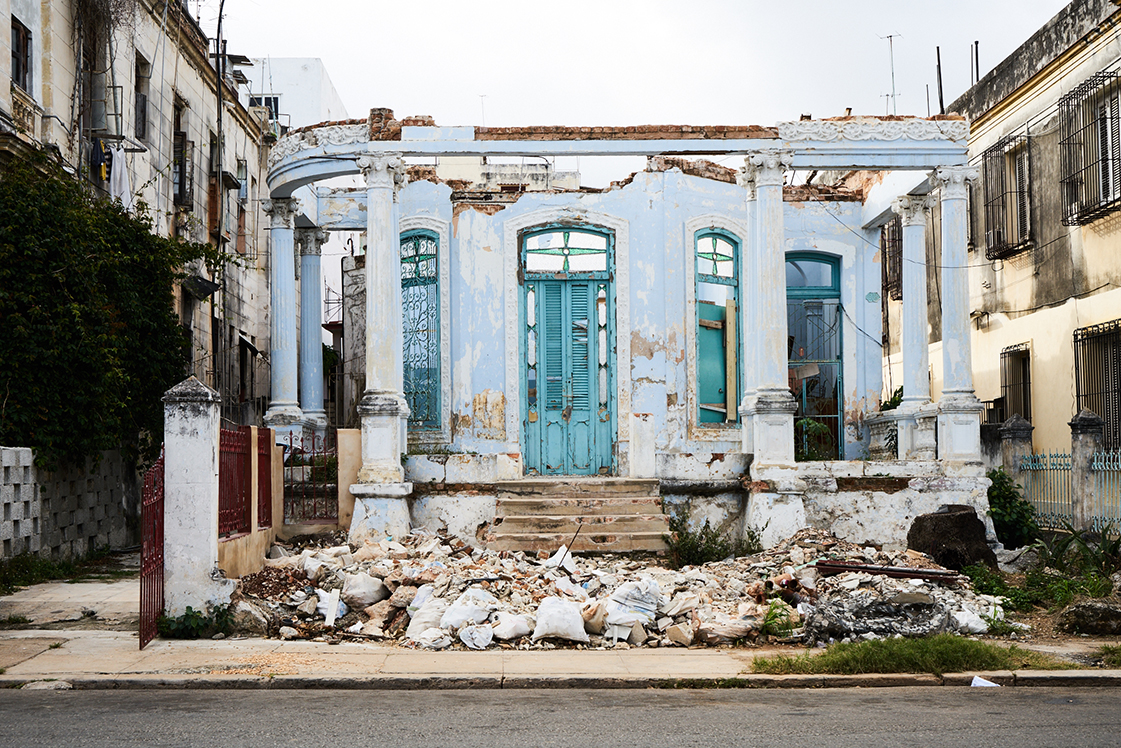
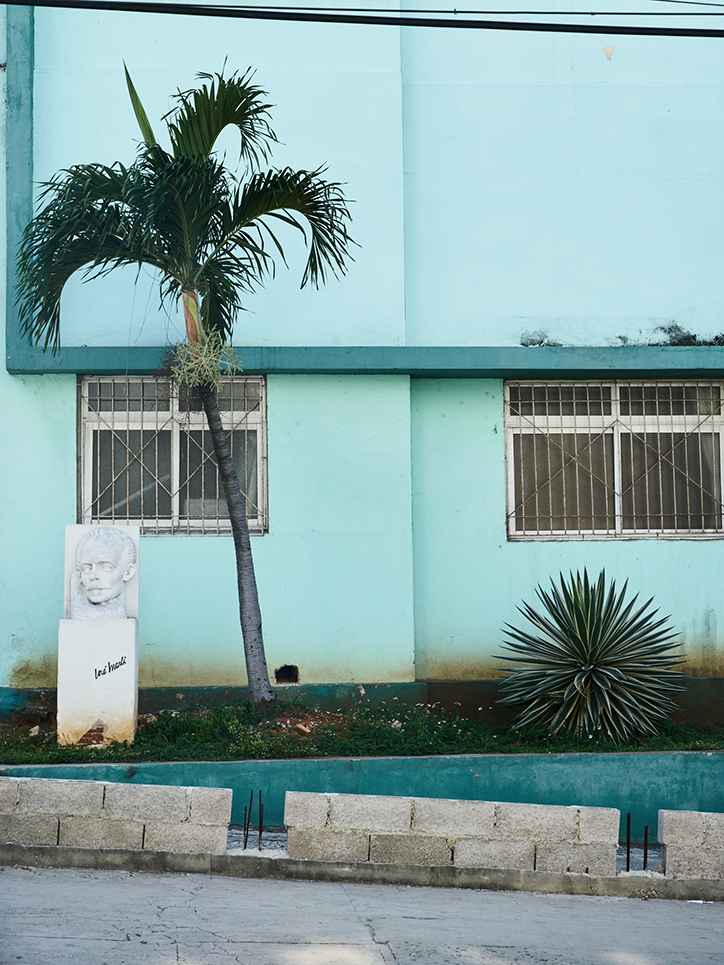
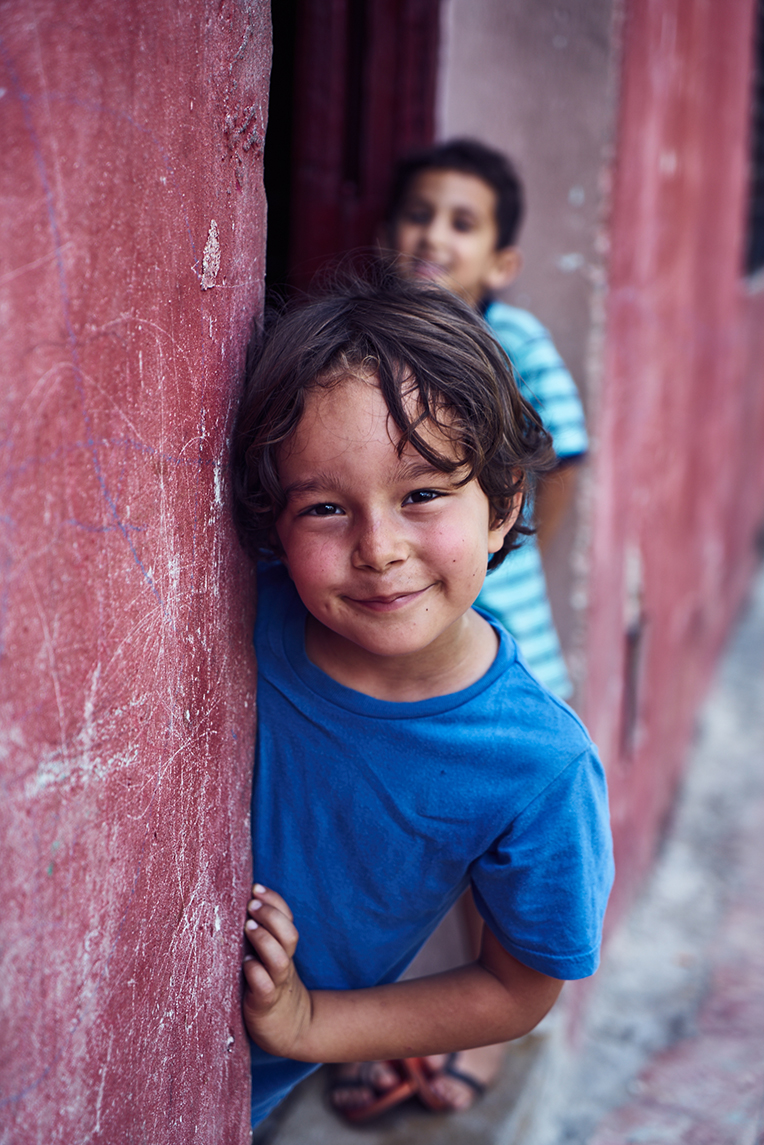
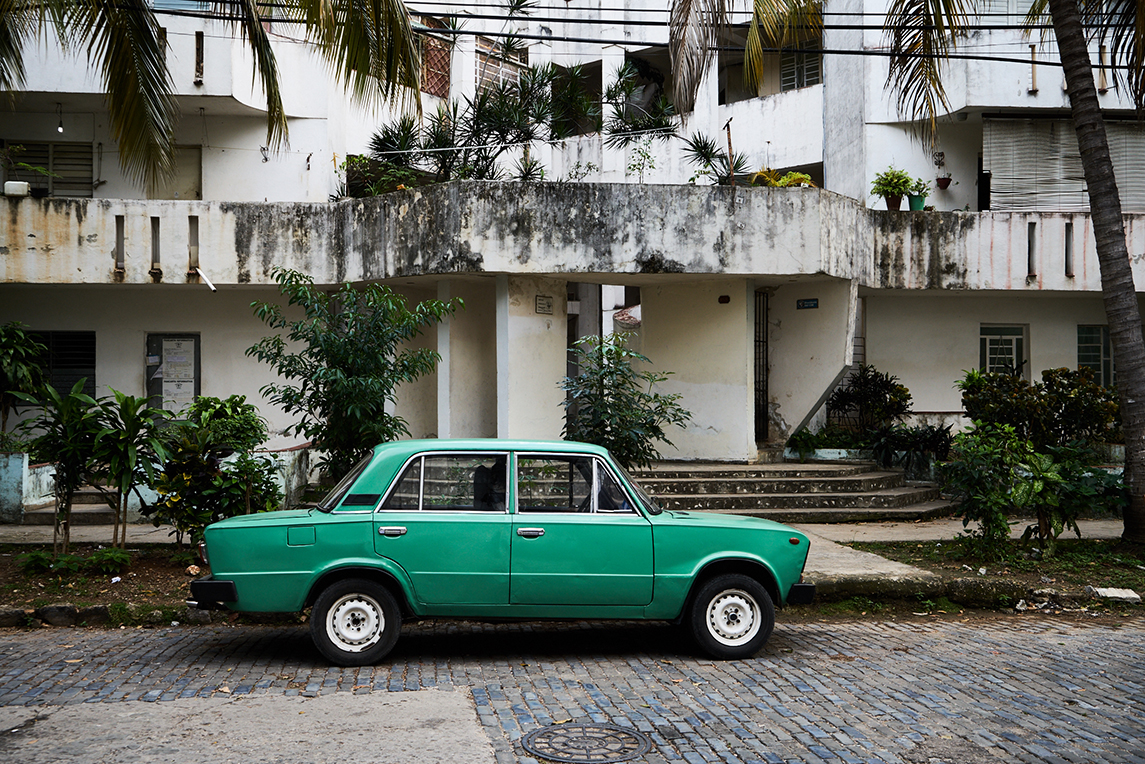
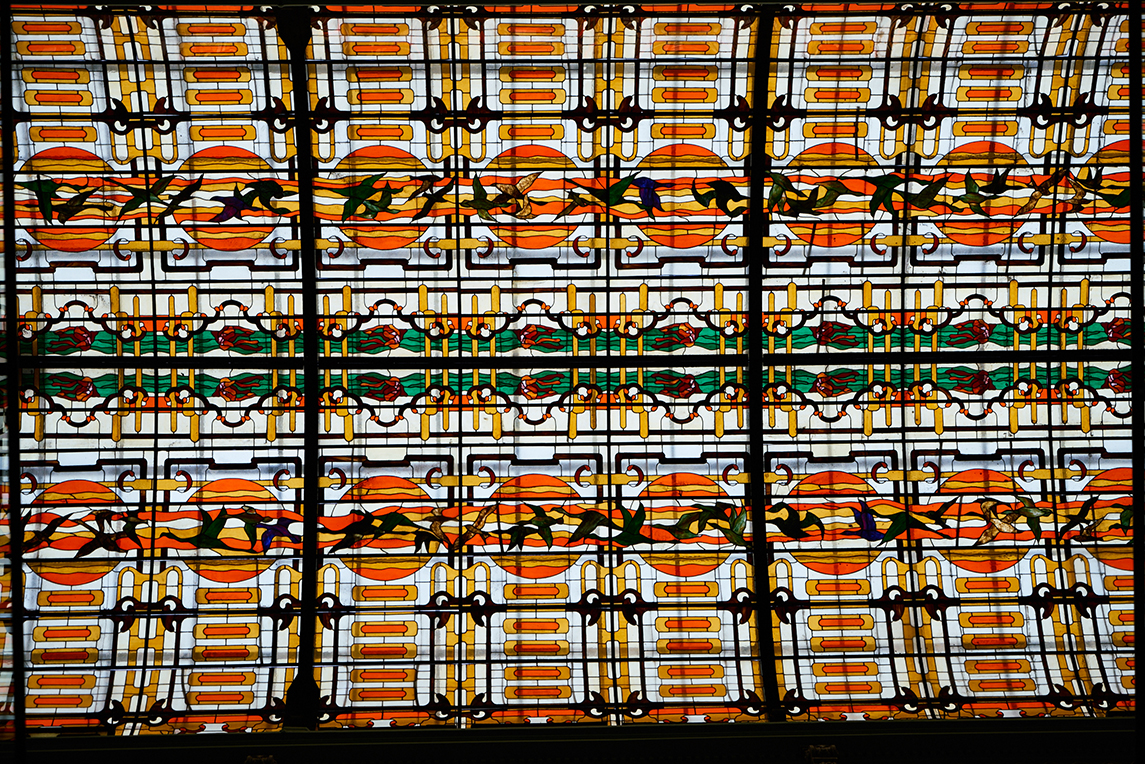

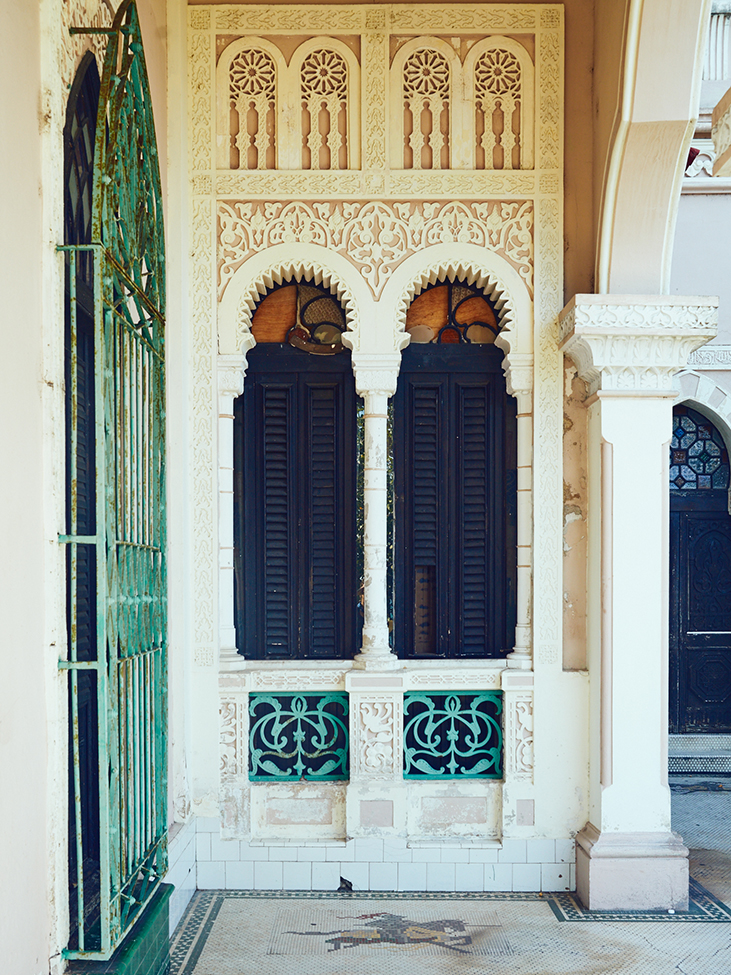
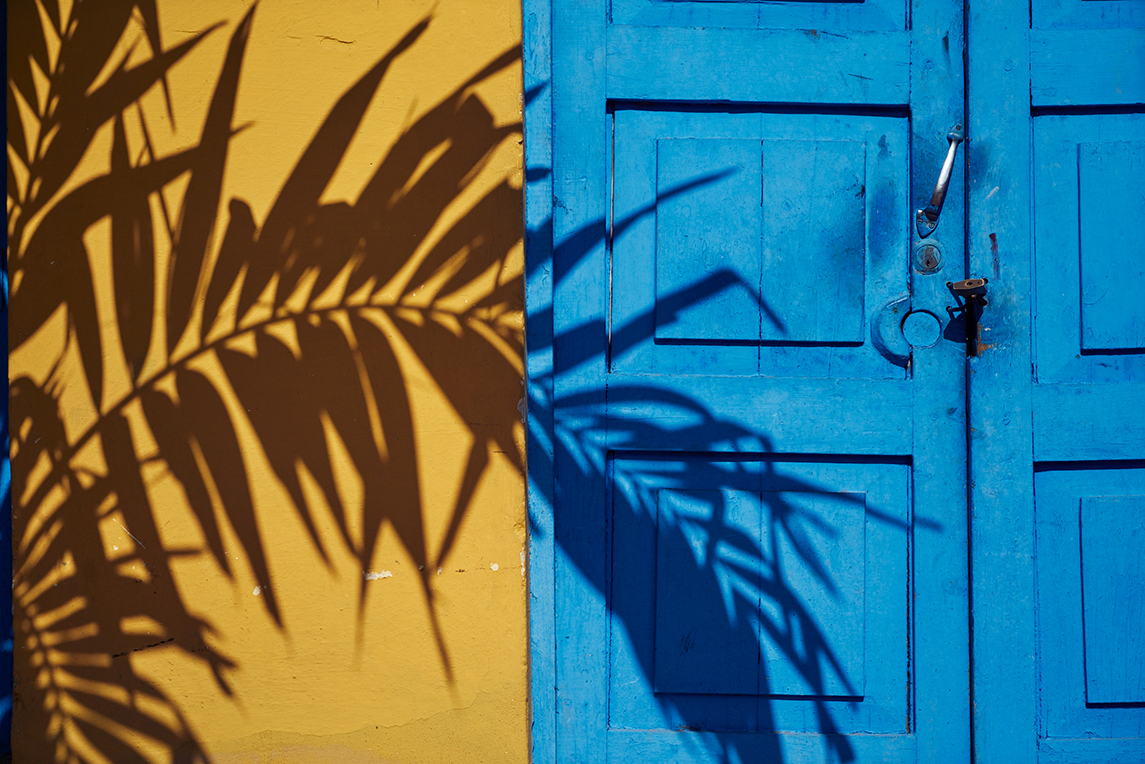
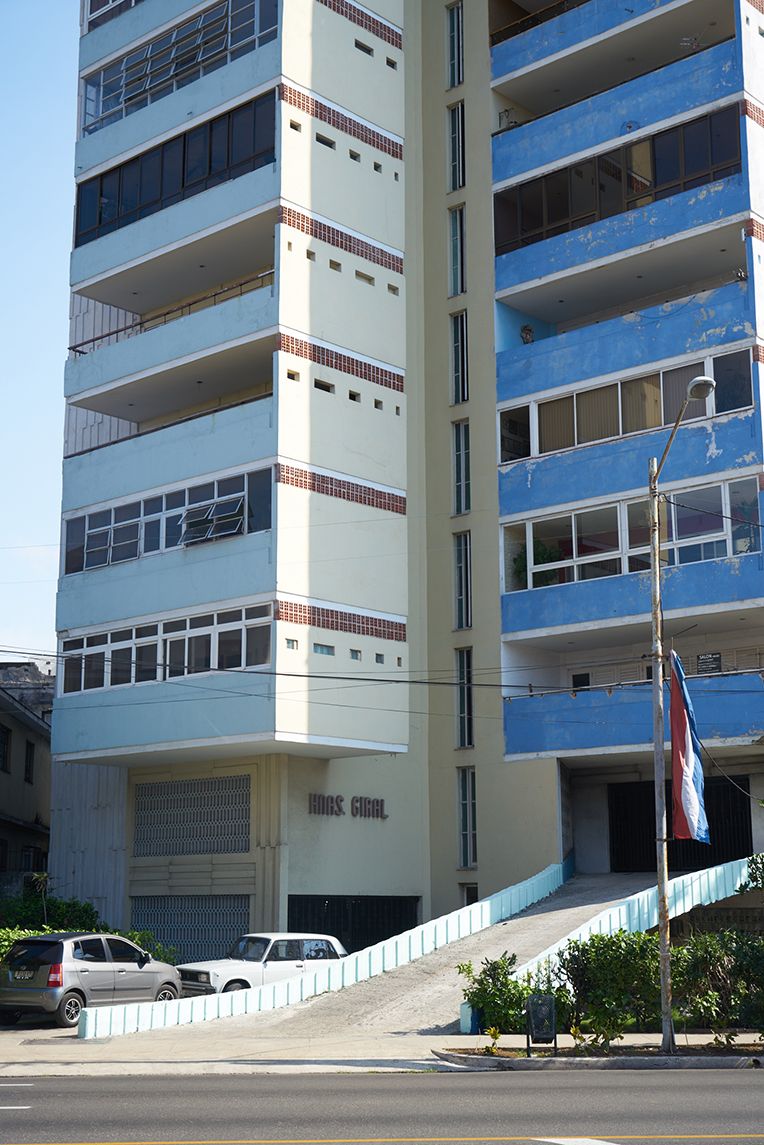
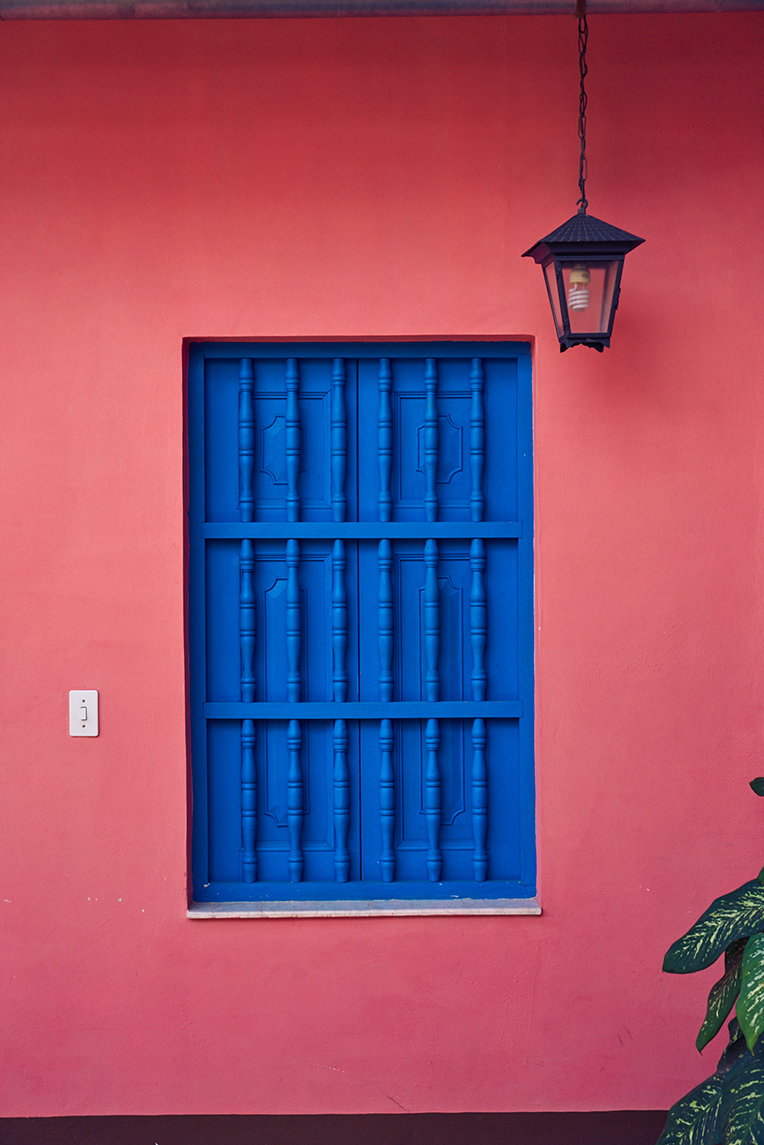
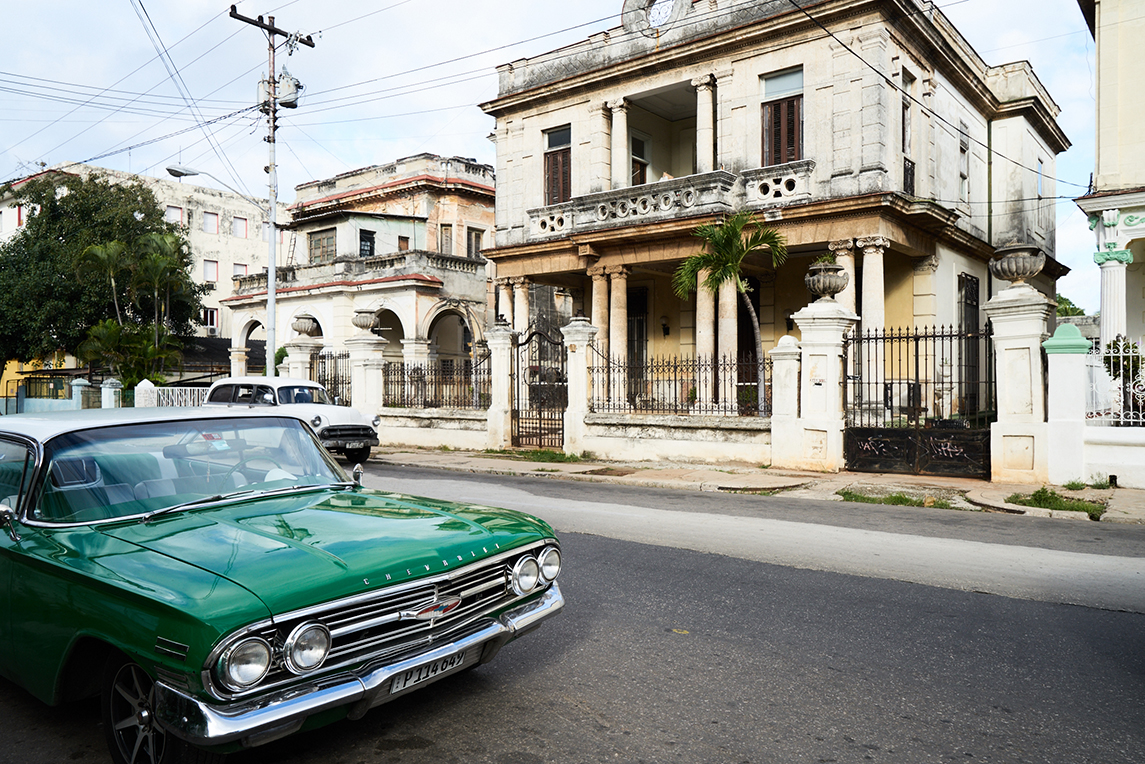 Internet
Internet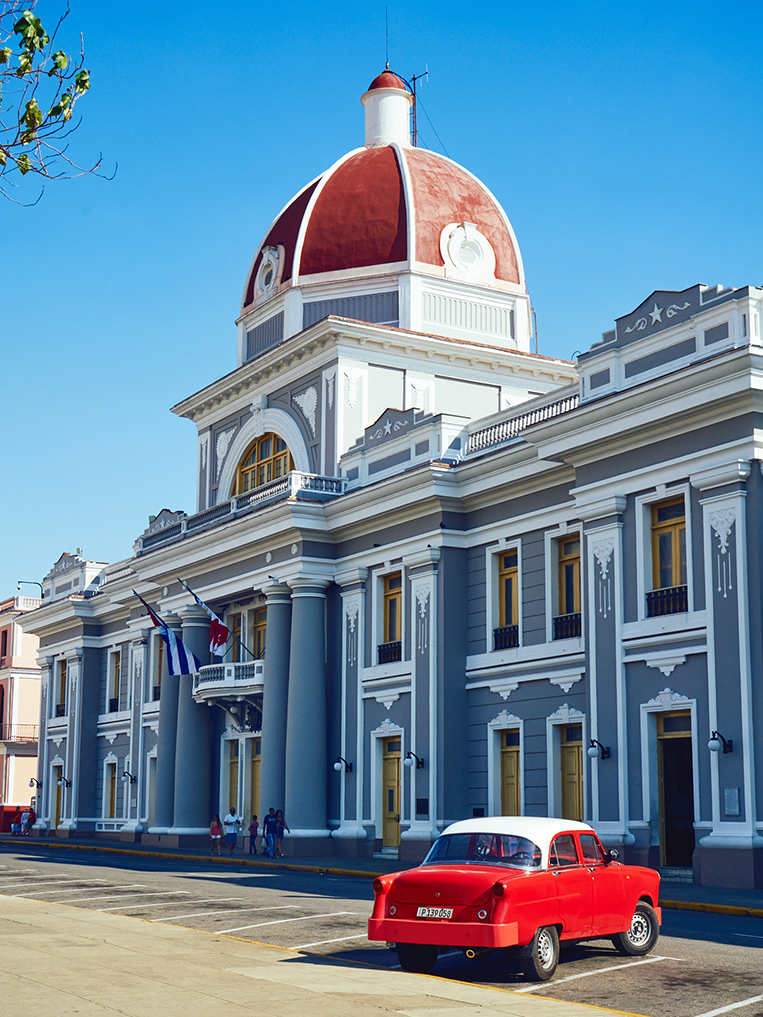

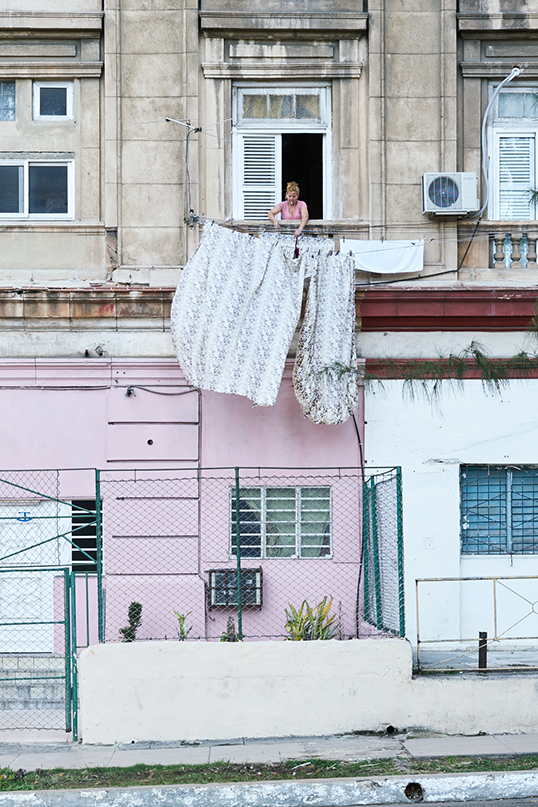
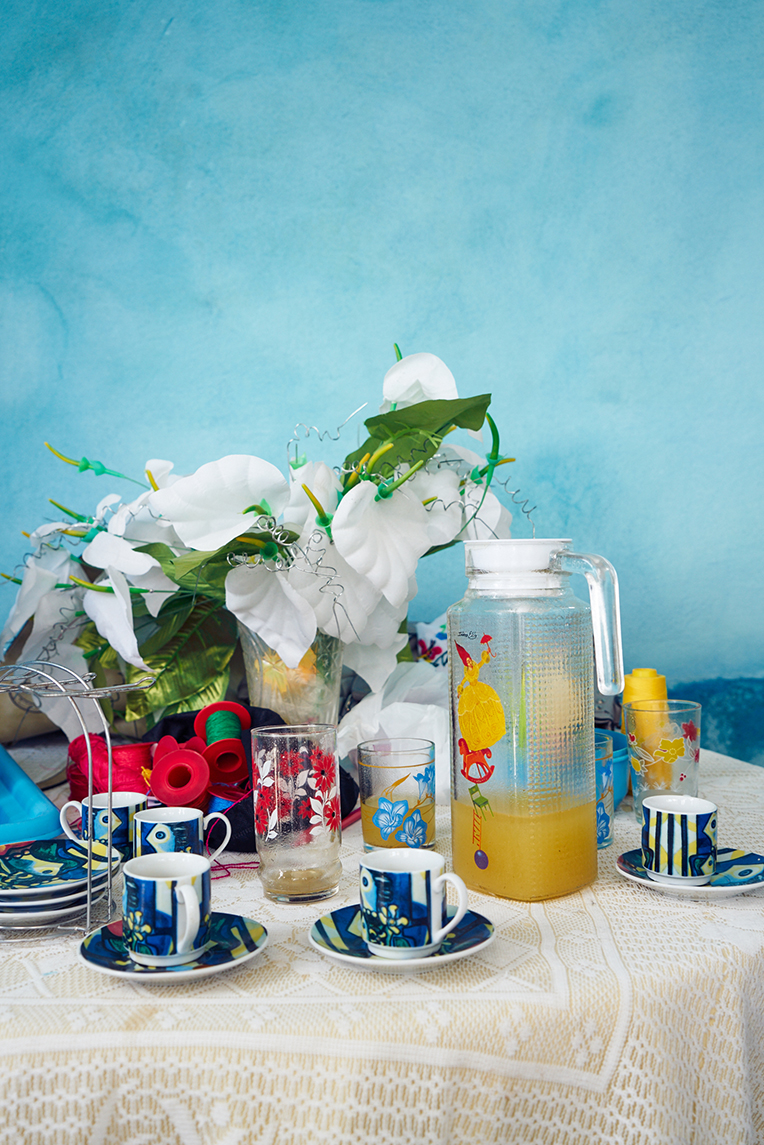
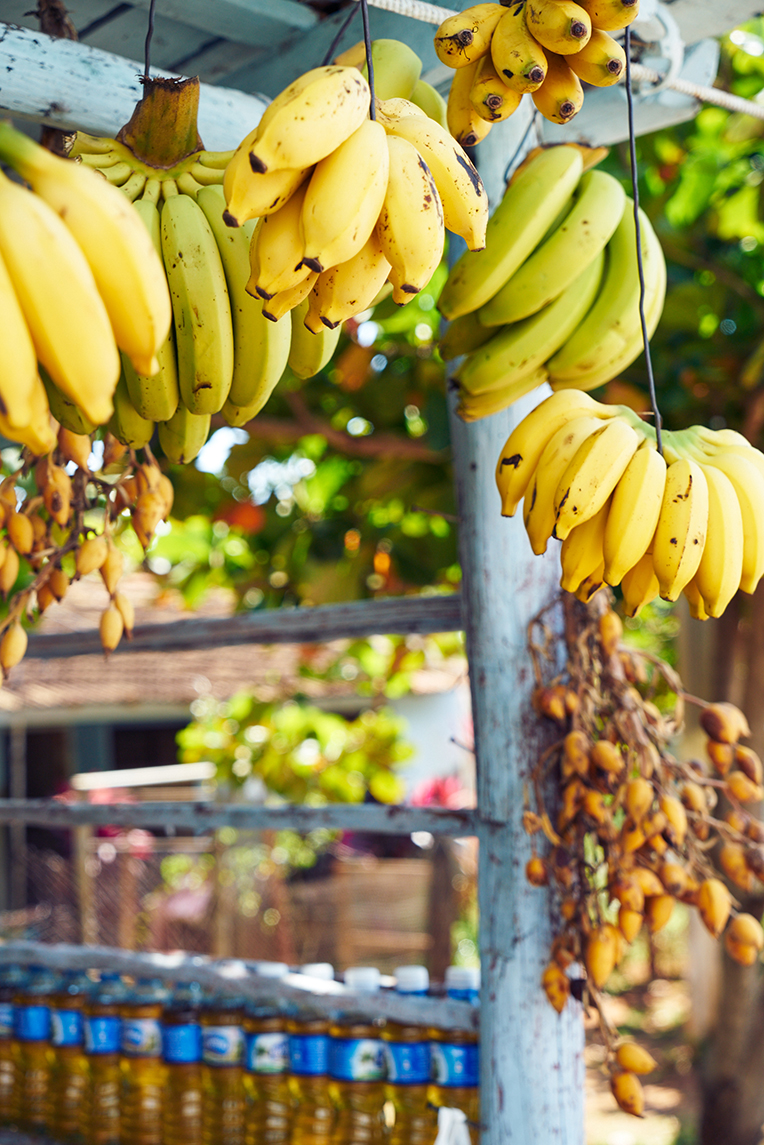
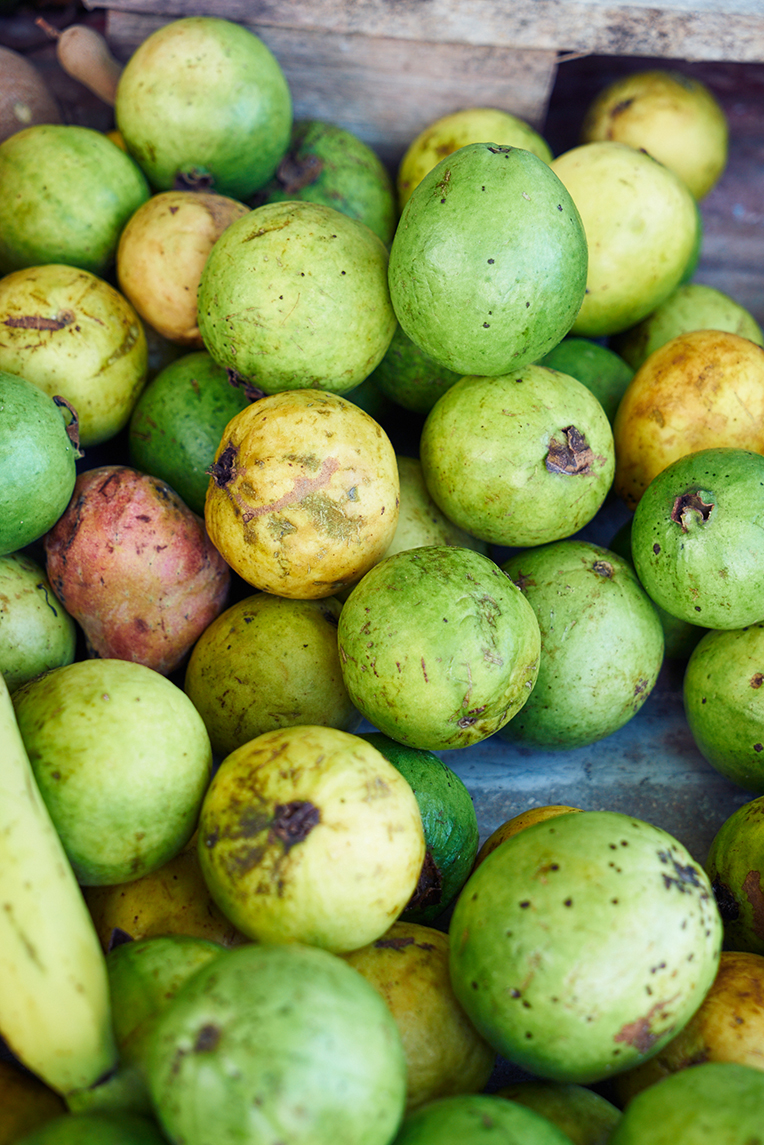
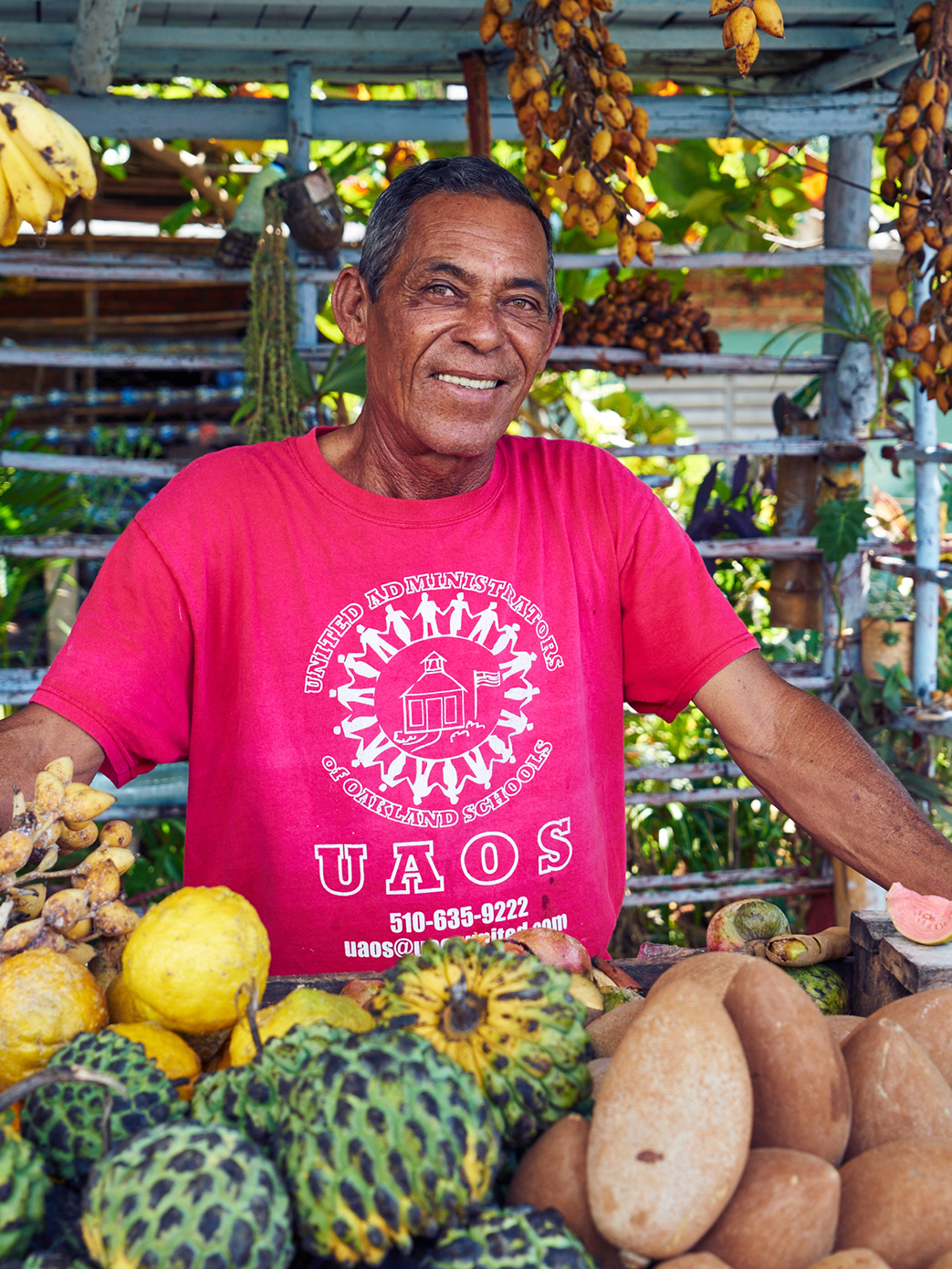
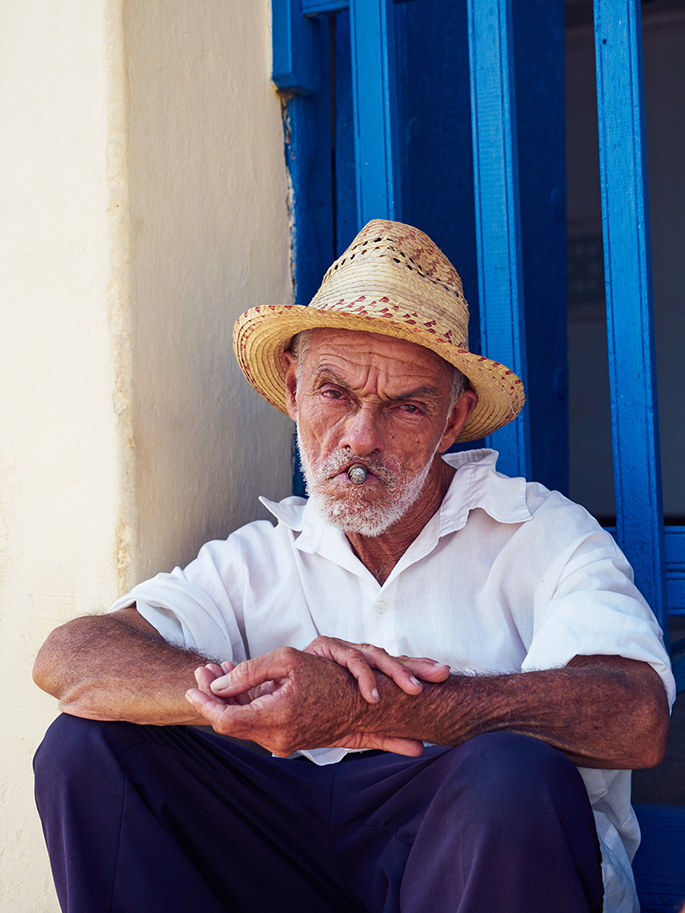
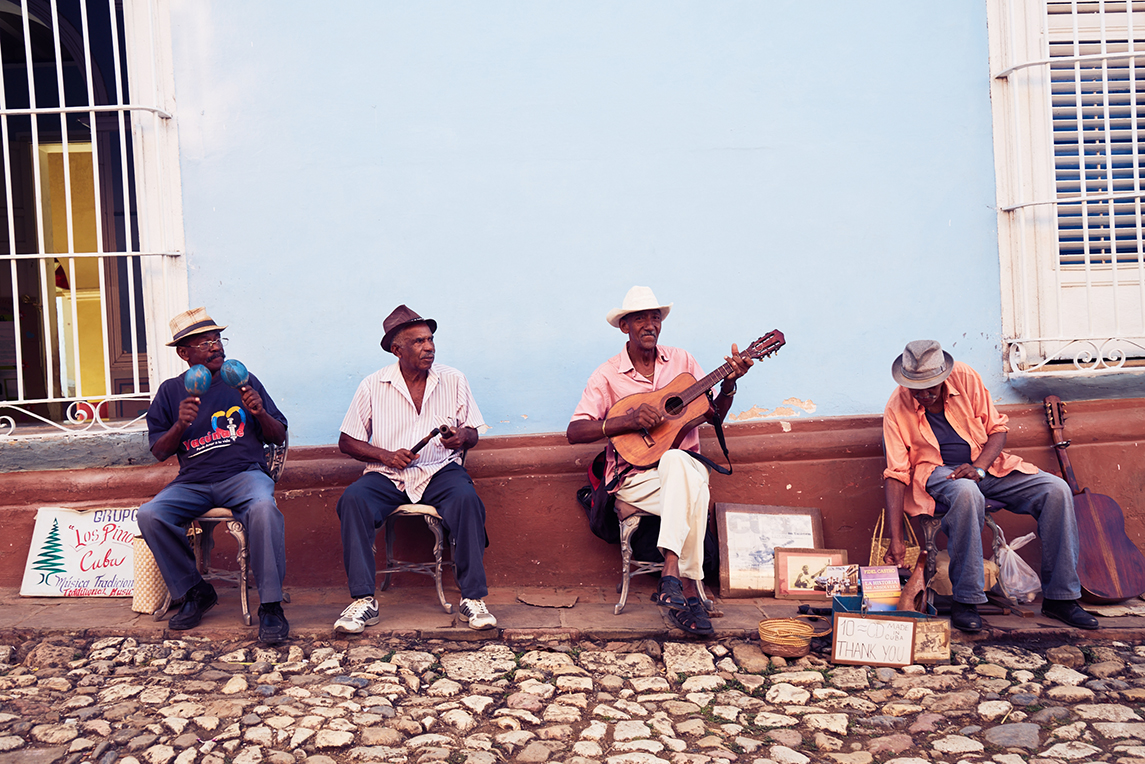
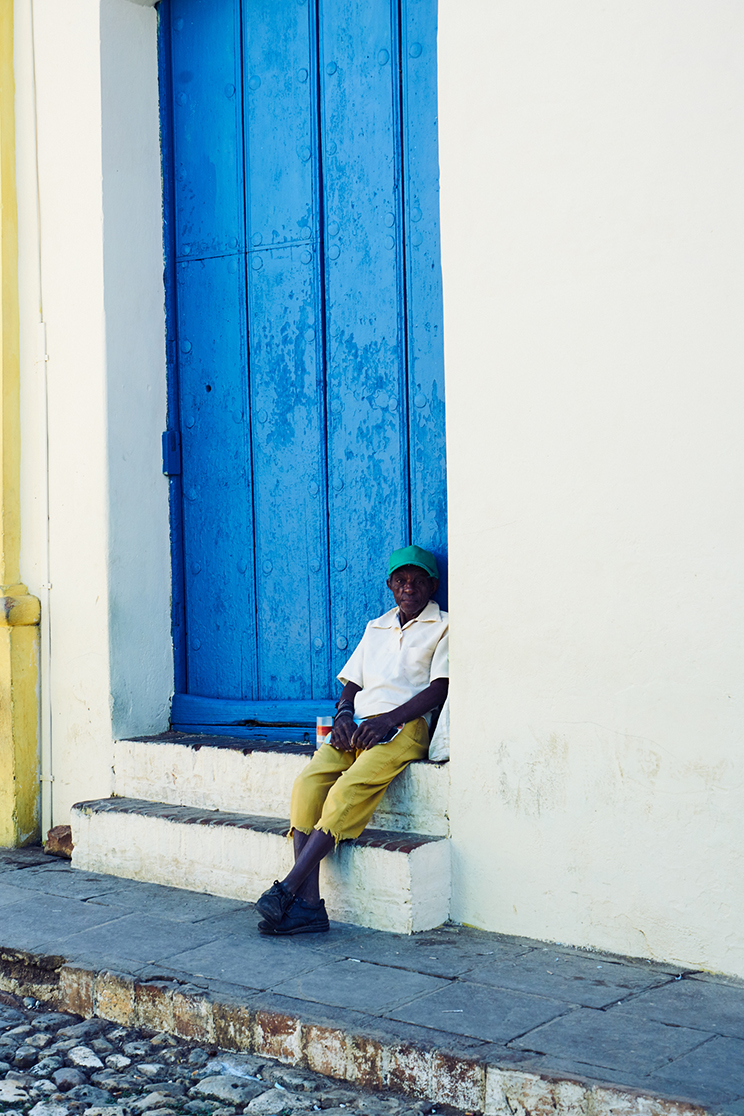
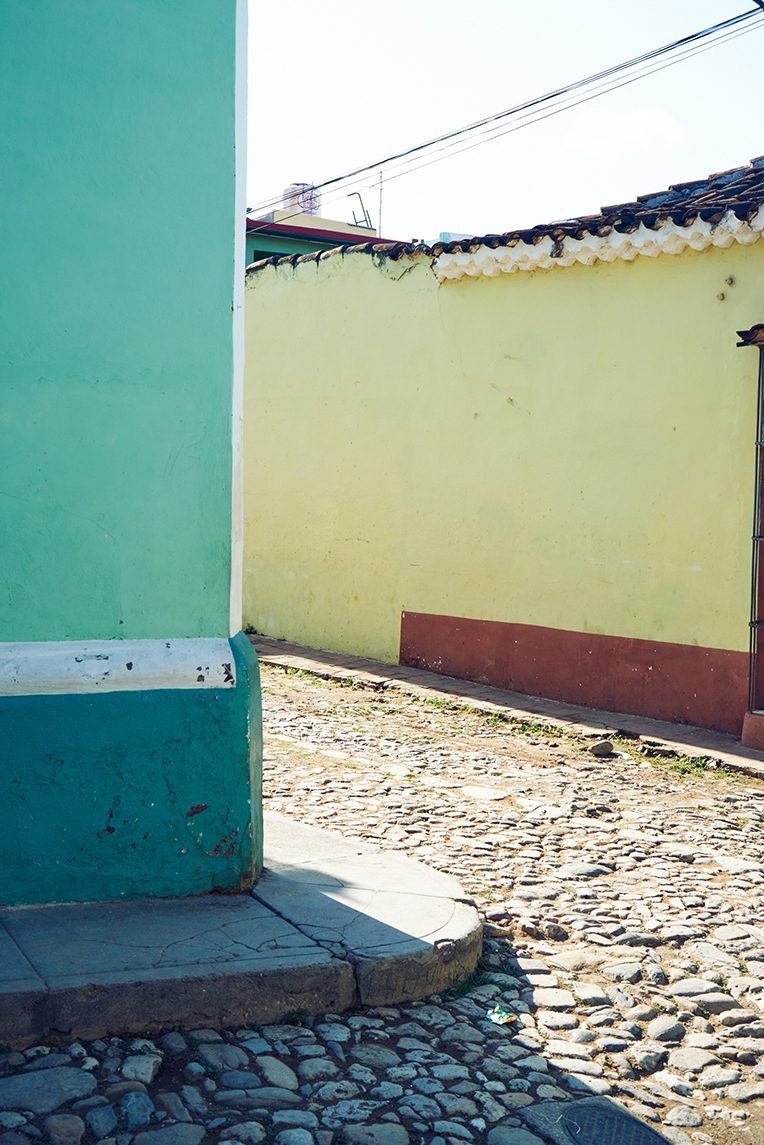
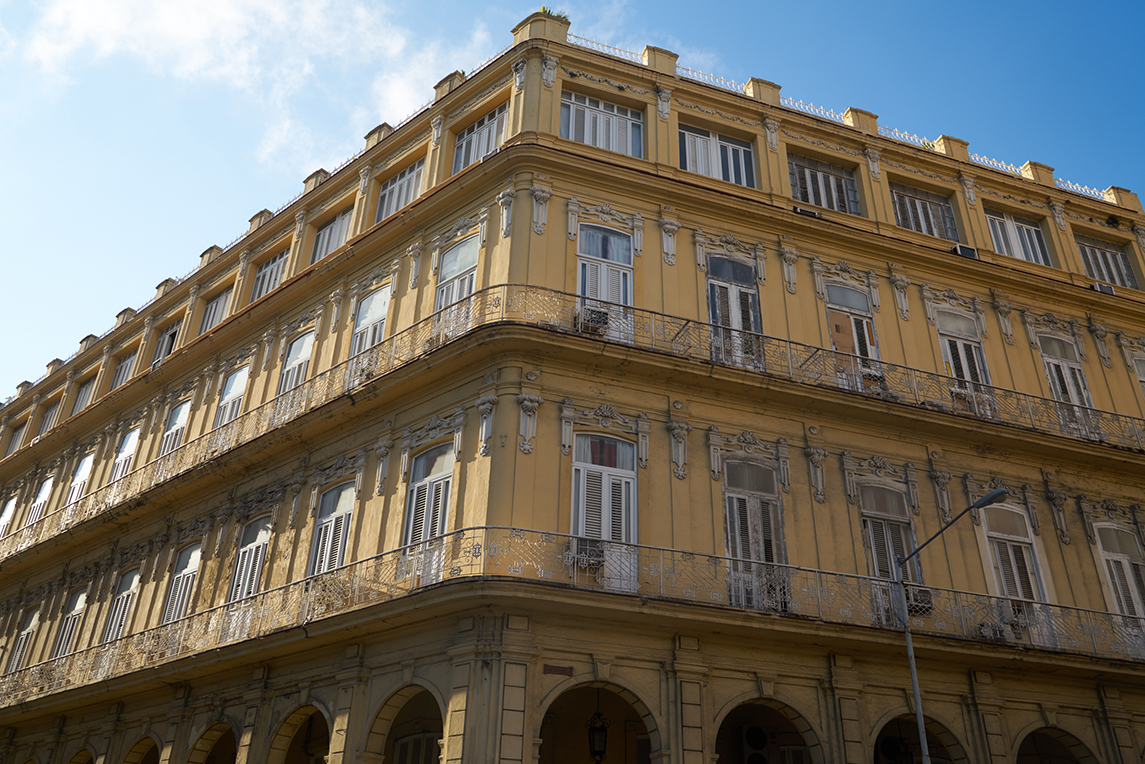
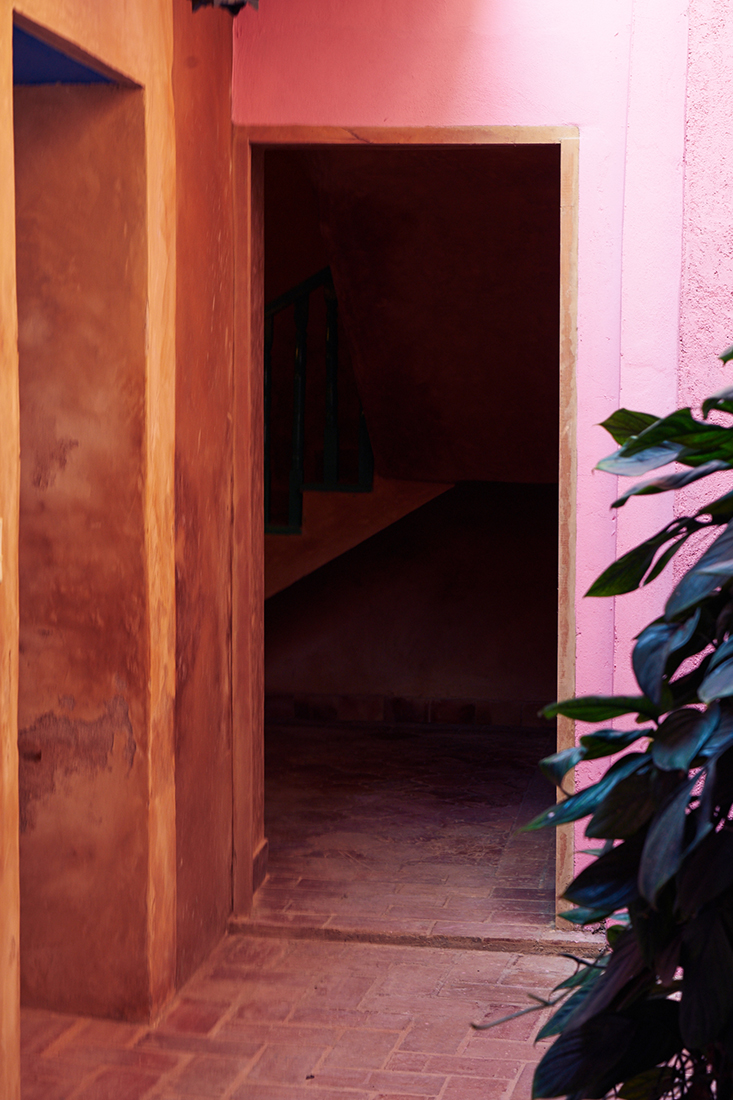


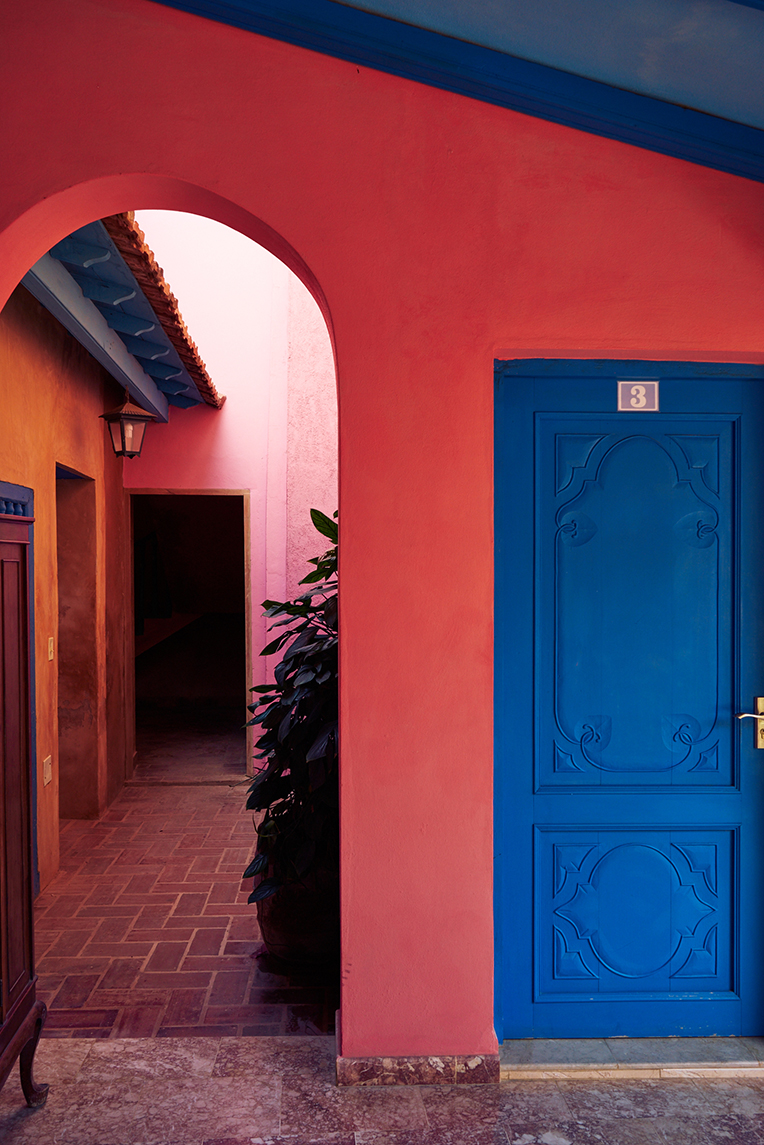
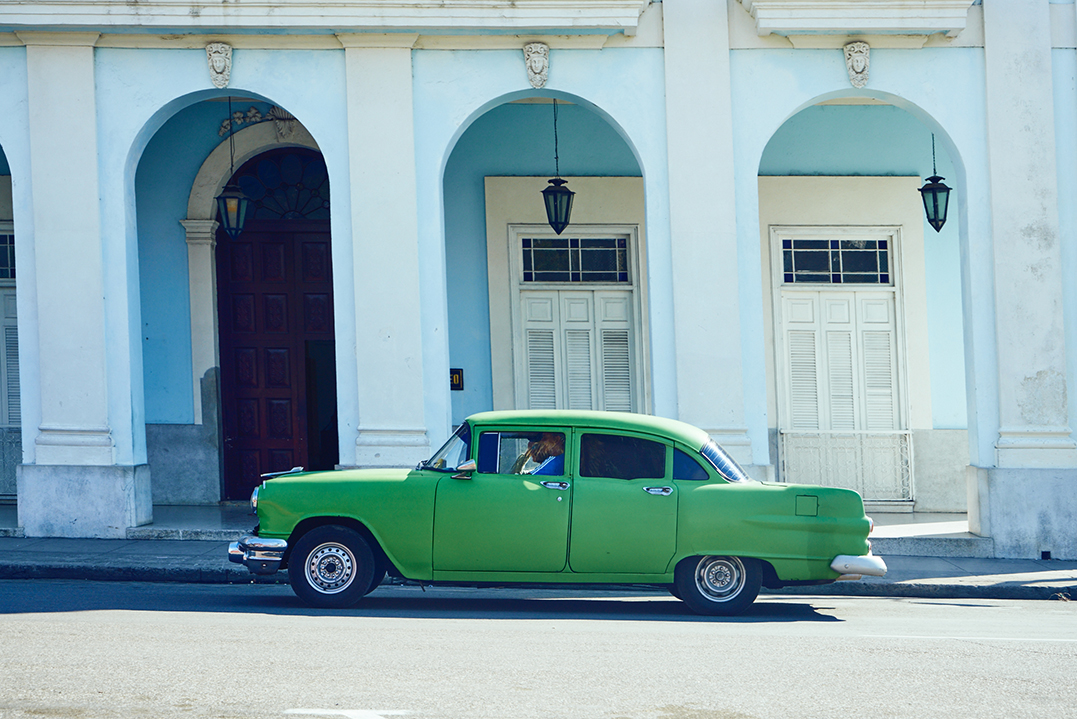
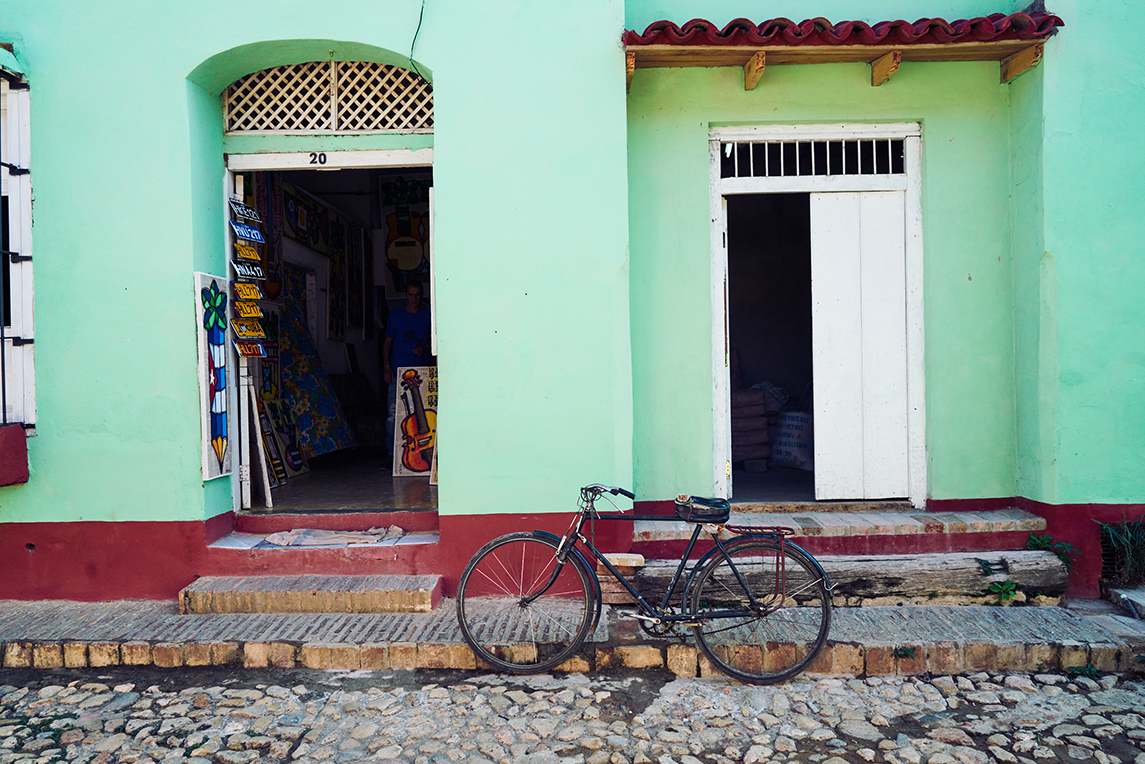


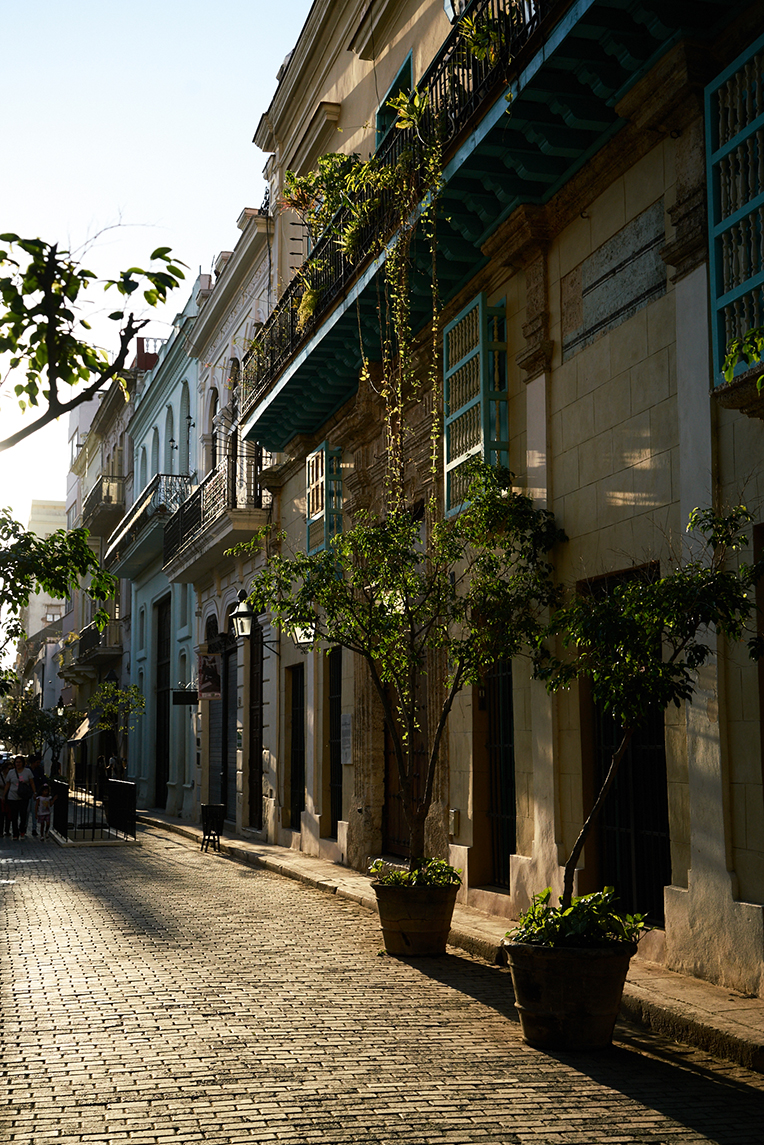
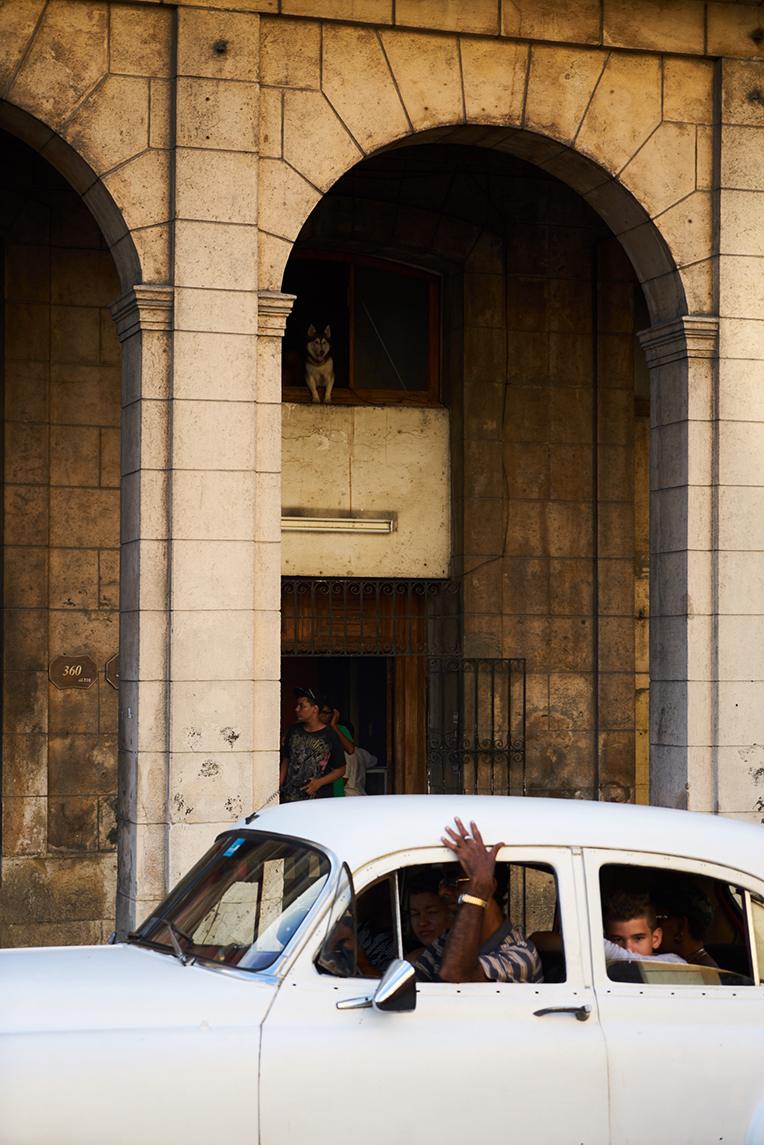 Best time to visit Cuba
Best time to visit Cuba